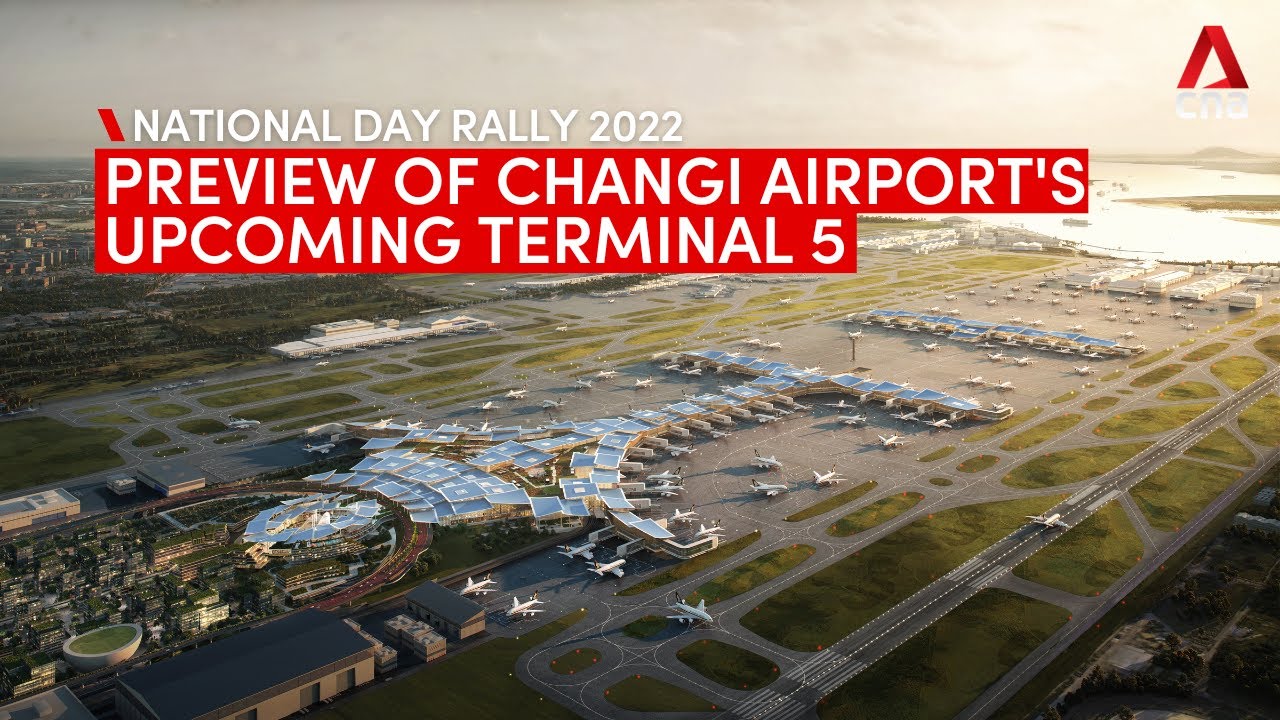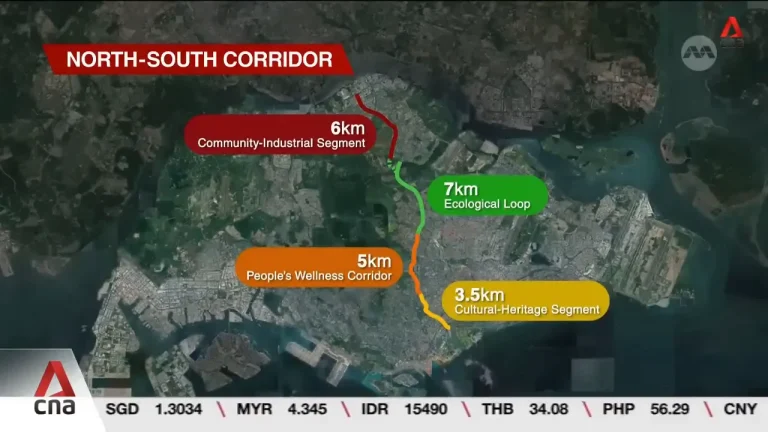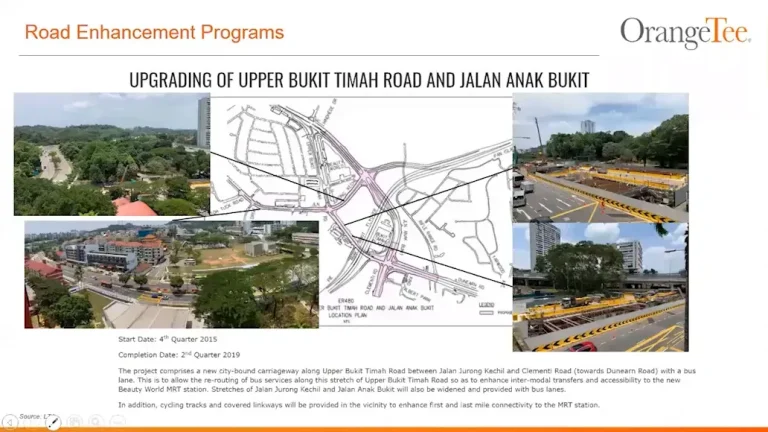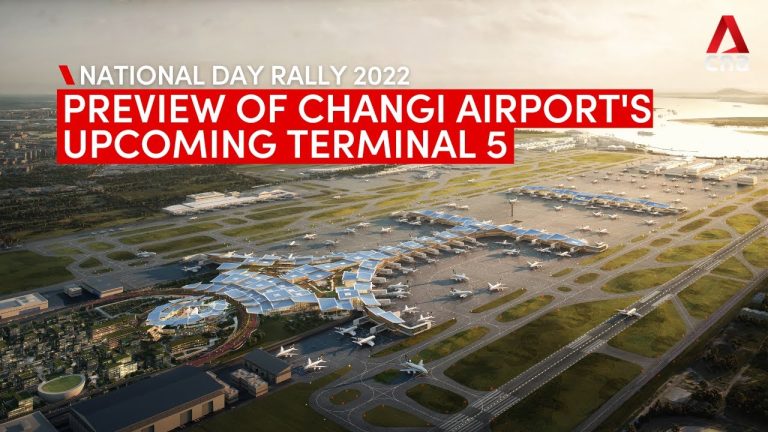Changi Airport Terminal 5: A Bold Leap into the Future of Air Travel
Singapore is gearing up for a monumental expansion of its aviation hub with the construction of Changi Airport Terminal 5, a project that promises to redefine air travel in the Asia-Pacific region and beyond.
Slated to open in the mid-2030s, Terminal 5 (T5) is designed to handle approximately 50 million passengers annually—more than half the capacity of the current four terminals combined.
This ambitious development, covered extensively by CNA, heralds a new era for Singapore’s connectivity, economy, and global standing in aviation.
As the Asia-Pacific region emerges as one of the fastest-growing air travel markets, the addition of Terminal 5 will not only expand Changi Airport’s capacity by over 50% but also incorporate cutting-edge technology and design philosophies aimed at enhancing passenger experience and operational efficiency.
In this comprehensive article, we will explore the unique features of Terminal 5, its strategic location, its role in Singapore’s aviation future, and the challenges ahead, weaving in expert insights from aviation authorities and analysts.
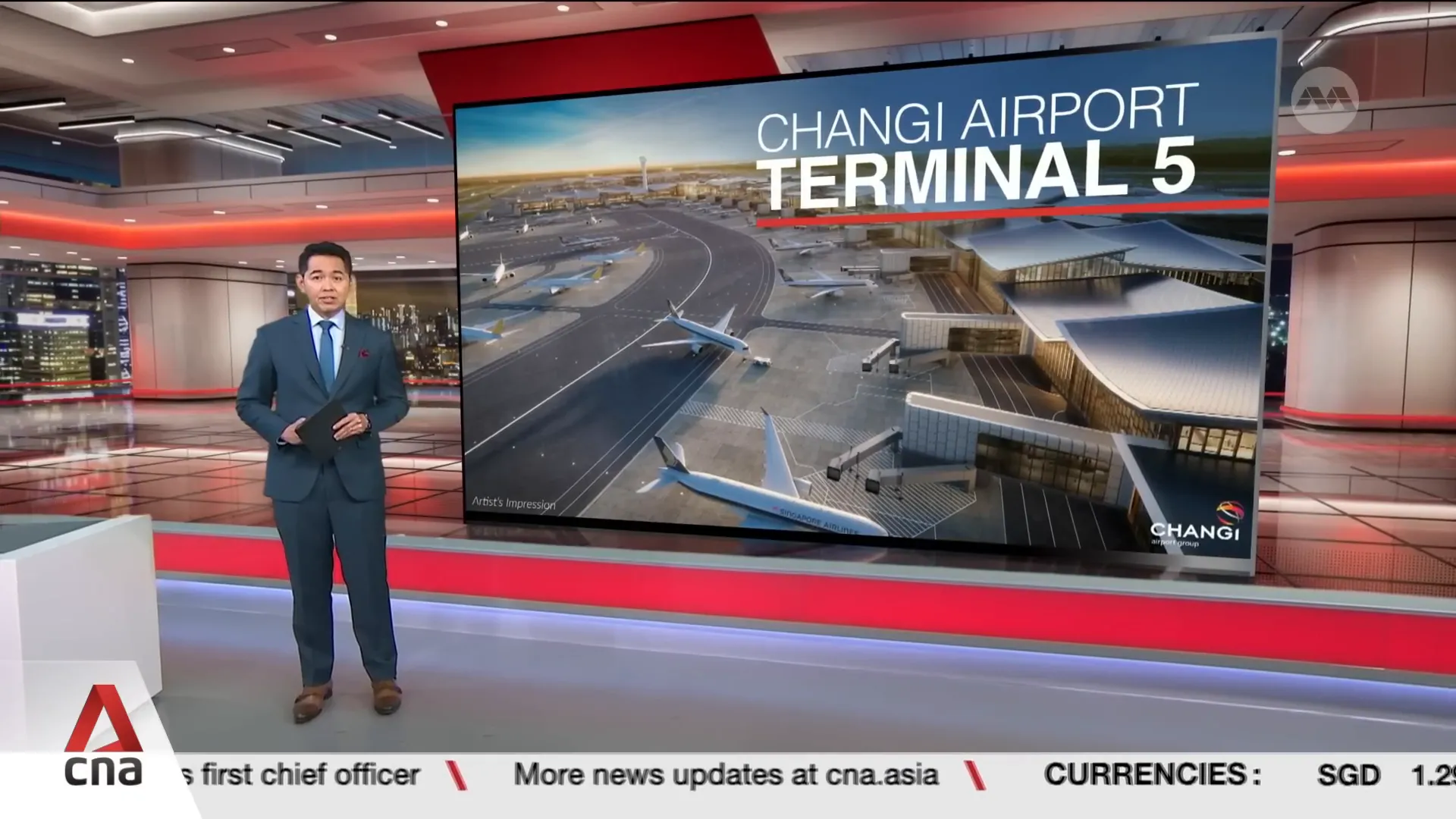
Table of Contents of Changi Airport Terminal 5: A Bold Leap into the Future of Air Travel
- ✈️ The Vision Behind Changi Airport Terminal 5
- 🌏 Strategic Location and Connectivity
- 🚀 Expert Insights: How Terminal 5 Will Turbocharge Singapore’s Air Hub Status
- 💡 Keeping Changi Ahead: Technology and Collaboration
- ⚠️ Challenges and Pitfalls: Navigating the Road Ahead
- 📋 Frequently Asked Questions About Changi Airport Terminal 5
- 🌟 Conclusion: A Transformative Future for Singapore’s Aviation
✈️ The Vision Behind Changi Airport Terminal 5
Terminal 5 is more than just an infrastructure project; it is a visionary response to the evolving demands of global air travel and Singapore’s ambition to maintain its status as a premier air hub.
According to Prime Minister Lawrence Wong, the project is a “bold move” that will open up multiple opportunities for Singaporeans, particularly local businesses, and create jobs in emerging sectors like data science, robotics, and sustainability.
Unlike traditional airport terminals that prioritize capacity above all else, T5 is being designed with a passenger-centric approach.
The planners at Changi Airport Group aim to create a “cozy and relaxed” environment that uplifts the mood of travelers.
Architectural elements such as roof leaves combined with abundant natural light contribute to this calming atmosphere, making the terminal not just a transit point but a pleasant space in its own right.
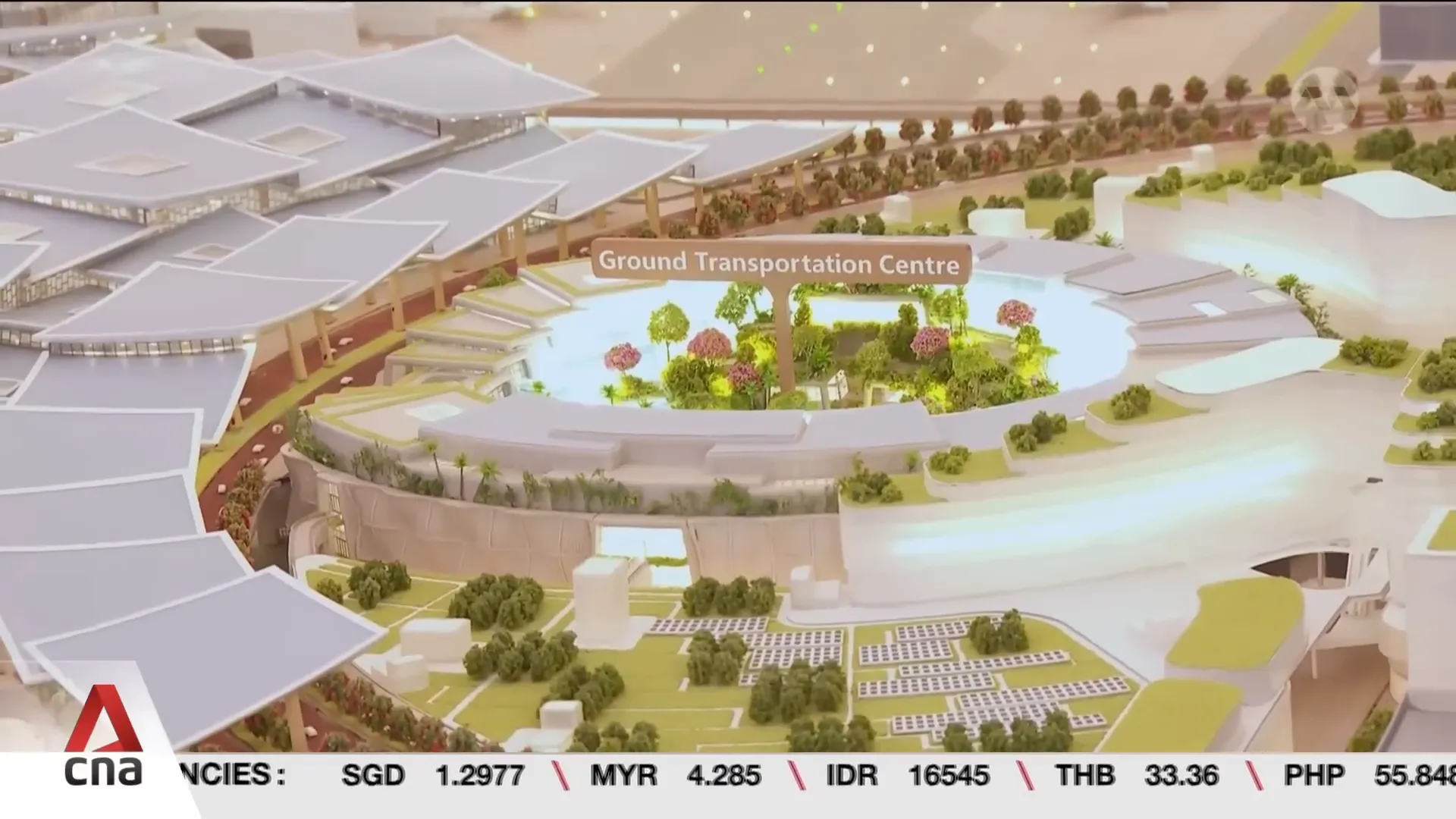
One of the key design principles is to make the passenger journey as stress-free and efficient as possible. For instance, arriving passengers will be able to exit the terminal and catch a taxi or MRT within 30 minutes of disembarking, while transfer passengers can connect to another flight within an hour. This seamless connectivity is a game-changer in the competitive landscape of international airports.
Automation and Innovation at the Core
Terminal 5 will be a showcase of technological innovation, with extensive automation integrated throughout its operations.
From baggage handling robots to autonomous shuttle vehicles ferrying passengers and staff, the terminal will leverage robotics and smart systems to improve efficiency and reduce human error.
This forward-thinking approach not only enhances the passenger experience but also positions Changi Airport at the forefront of aviation technology.
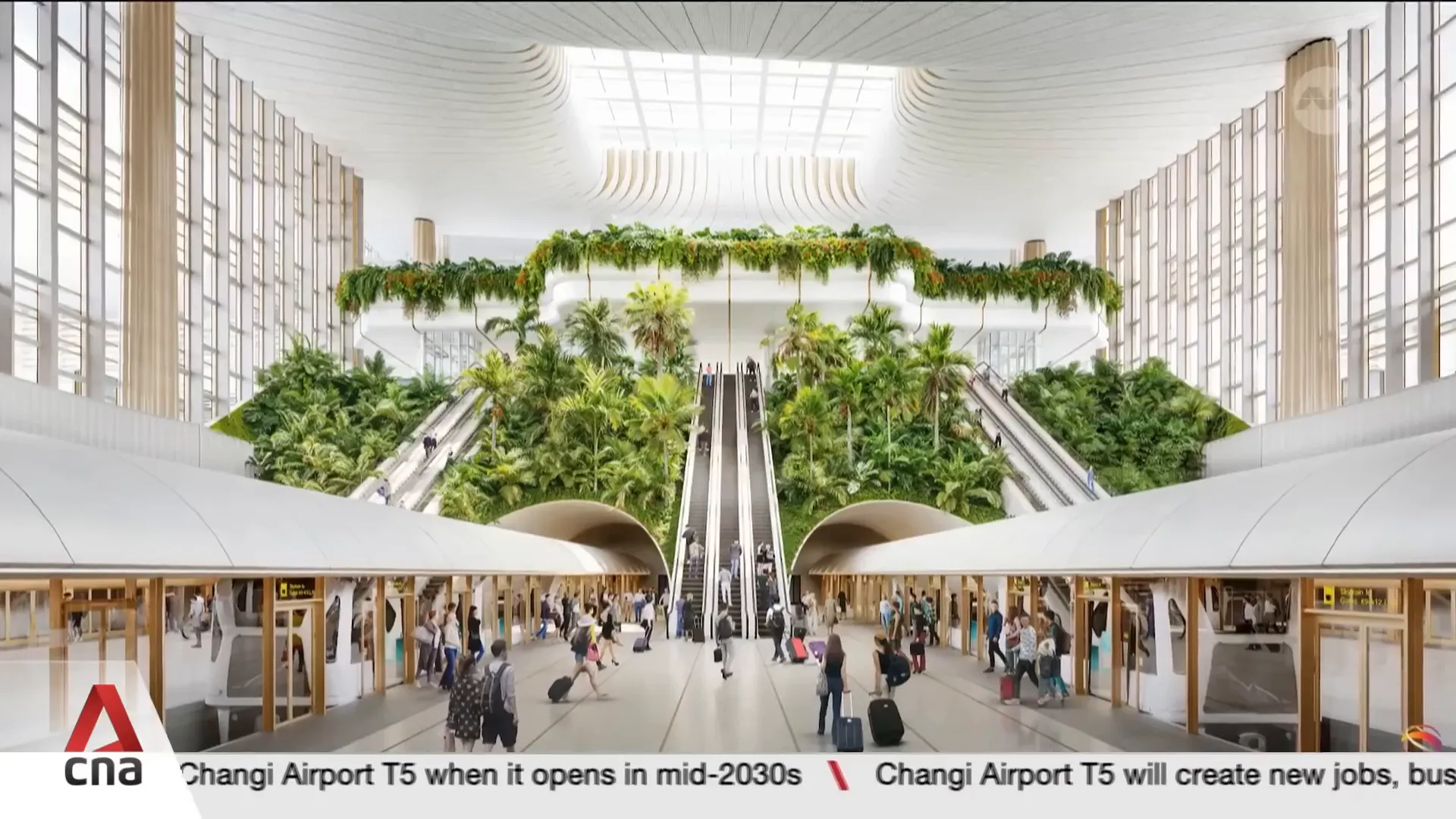
🌏 Strategic Location and Connectivity
Terminal 5 is situated within the expansive 1,080-hectare Changi East development, a landmass nearly the size of the current Changi Airport and twice the size of Tuas town.
This vast area includes the Changi East industrial zone—an aircraft maintenance and air cargo hub—and the Changi East urban district, envisioned as a vibrant business and lifestyle destination.
The integration of these zones around T5 is designed to create a synergistic ecosystem that supports aviation, commerce, and community life.
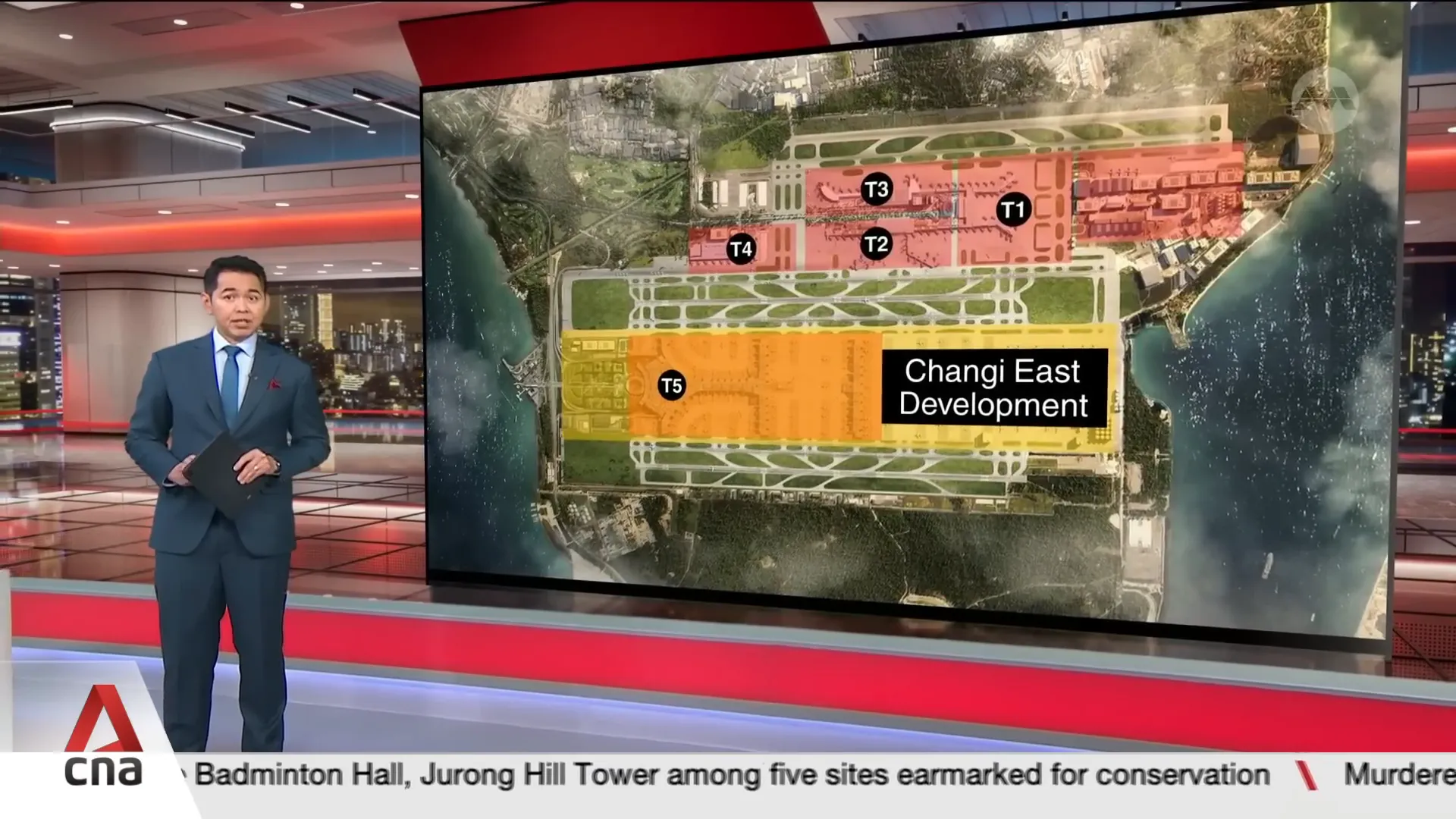
Connectivity is a cornerstone of Terminal 5’s design. An automated people mover system will transport passengers within T5 and link it directly to Terminal 2, enhancing transfer convenience.
Additionally, MRT lines will provide swift access to Singapore’s city centre and beyond. The Thomson-East Coast MRT line will connect commuters directly to the downtown core.
At the same time, future integration with the Johor Bahru-Singapore Rapid Transit System (RTS) link at Woodlands North will facilitate cross-border travel.
Moreover, Terminal 5’s proximity to the Tanah Merah Ferry Terminal opens possibilities for seamless air-to-sea transfers to neighboring regional destinations. This multi-modal connectivity underscores Singapore’s strategic position as a global transportation nexus.
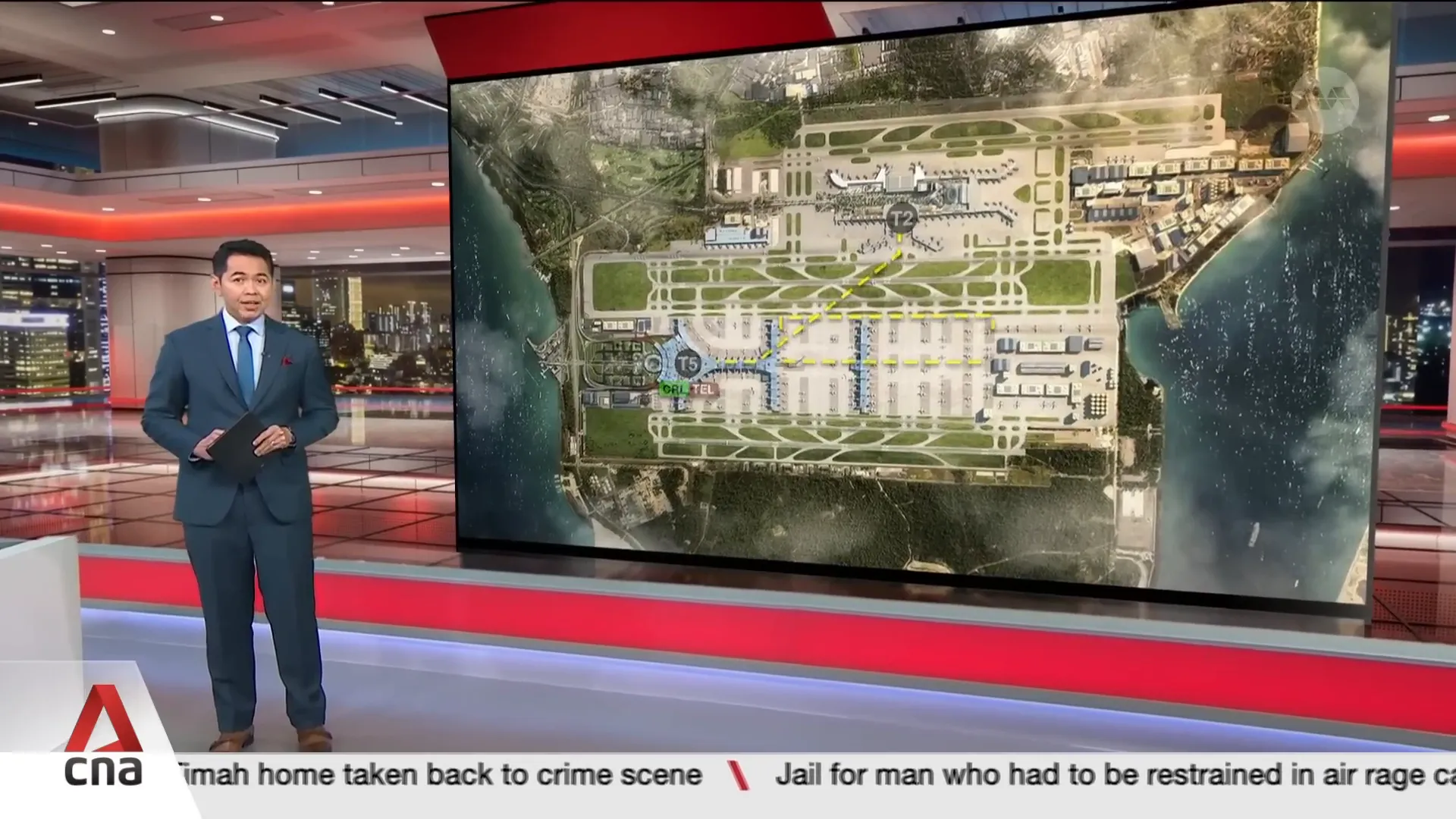
Flexibility for Future Challenges
In light of recent global health crises, Terminal 5’s design incorporates remarkable flexibility. The terminal can be subdivided into smaller sub-terminals to manage high-risk passenger flows or conduct health screenings efficiently during pandemics or other emergencies.
This adaptive approach ensures that Changi can maintain operations safely and effectively, regardless of unforeseen disruptions—future-proofing the airport against “Black Swan” events.
Other Related Articles:
🚀 Expert Insights: How Terminal 5 Will Turbocharge Singapore’s Air Hub Status
To gain a deeper understanding of Terminal 5’s significance, CNA spoke with Chen Chuanren, Regional Editor of Air Transport World at Aviation Week Network.
Speaking from Tokyo, Chen highlighted that the pandemic, while challenging, provided an unexpected opportunity to refine Terminal 5’s design and operational concepts.
“The pandemic was, in fact, a blessing in disguise for Changi. It made both Changi and the designers realize the need for features that can help handle future pandemics or unexpected events.”
Chen emphasized that Asia-Pacific is projected to be the fastest-growing air travel market over the next two decades, particularly in Southeast Asia. Terminal 5 is being equipped to meet this surge in demand with “future-ready infrastructure” that supports increasing passenger volumes and aircraft movements.
Addressing concerns about whether the two-year pandemic pause caused Singapore to fall behind in airport development, Chen reassured that the delay allowed for improvements in design, such as the introduction of sub-terminals for flexibility.
This nimbleness is crucial in an industry where unforeseen events can rapidly change operational needs.

Regional and Global Context
Within Asia-Pacific, Chen compared Terminal 5’s scale and function to Hong Kong International Airport, which currently operates three runways and is completing a new terminal to reach an annual capacity of around 120 million passengers. He also noted Bangkok’s ambitions to expand significantly and transition from primarily a destination airport to a transit hub, similar to Singapore.
On the global stage, Singapore faces competition from mega projects such as Dubai World Central Airport, which aims to become the world’s largest airport with a capacity of 160 million passengers by the 2030s, and Saudi Arabia’s Riyadh airport development targeting 125 million passengers by the 2050s. Terminal 5’s expected capacity of 140 million passengers annually will position Changi as one of the largest airports in Southeast Asia and on par with these international giants.
Chen highlighted that if Terminal 5 is executed well, it will enable Changi to attract passengers not only from Asia but also from the catchment areas of these mega airports, strengthening its competitive edge.
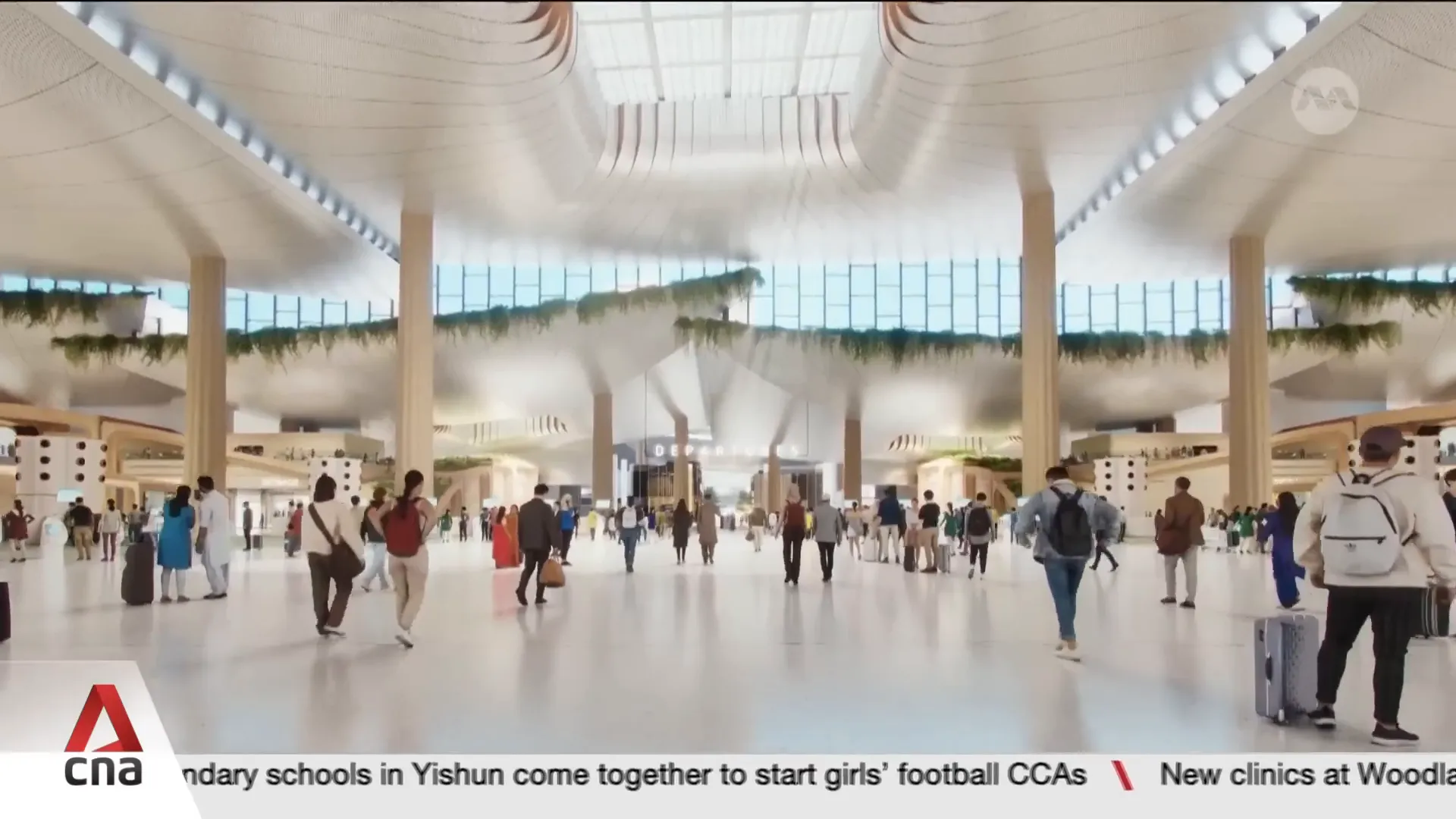
💡 Keeping Changi Ahead: Technology and Collaboration
Singapore’s advantage lies not only in infrastructure but also in the innovative technologies it deploys and the close collaboration among stakeholders. Chen pointed out that Changi has historically been ahead of the curve with initiatives like passport-less immigration, which is recognized globally.
Looking forward, the airport aims to expand biometric systems across the terminal to achieve a fully contactless passenger experience, enhancing convenience and safety.
On the cargo front, there are plans to strengthen integrated air and sea cargo transit capabilities, especially in conjunction with the upcoming Johor-Singapore Special Economic Zone. This integration will streamline logistics and bolster Singapore’s position as a trade hub.
Chen stressed the importance of maintaining synergy with airlines, ground handlers, government agencies, and other stakeholders to ensure Changi’s competitiveness across all facets of airport operations.
Above all, the people who run and operate the airport must continue to develop both their technical and interpersonal skills to maximize the benefits of new technologies and deliver an exceptional passenger experience.

⚠️ Challenges and Pitfalls: Navigating the Road Ahead
Despite the promising outlook, Terminal 5’s construction and eventual operation come with significant challenges. Chen highlighted several factors that could impact the project:
- Economic Uncertainty: Global economic conditions remain unpredictable, with potential recessions posing risks to funding and demand projections.
- Supply Chain Disruptions: Ongoing supply chain issues affect not only the air transport industry but also the availability of construction materials and equipment.
- Health Risks: The possibility of future pandemics or health emergencies requires continued vigilance and adaptability.
- Climate Change and Weather: Extreme weather events and climate-related factors may impact construction timelines and operational resilience.
To mitigate these risks, Chen advised that the Changi Airport Group must proactively invest in risk management and contingency planning. Moreover, strong government support and public backing are vital to ensure the project’s success.
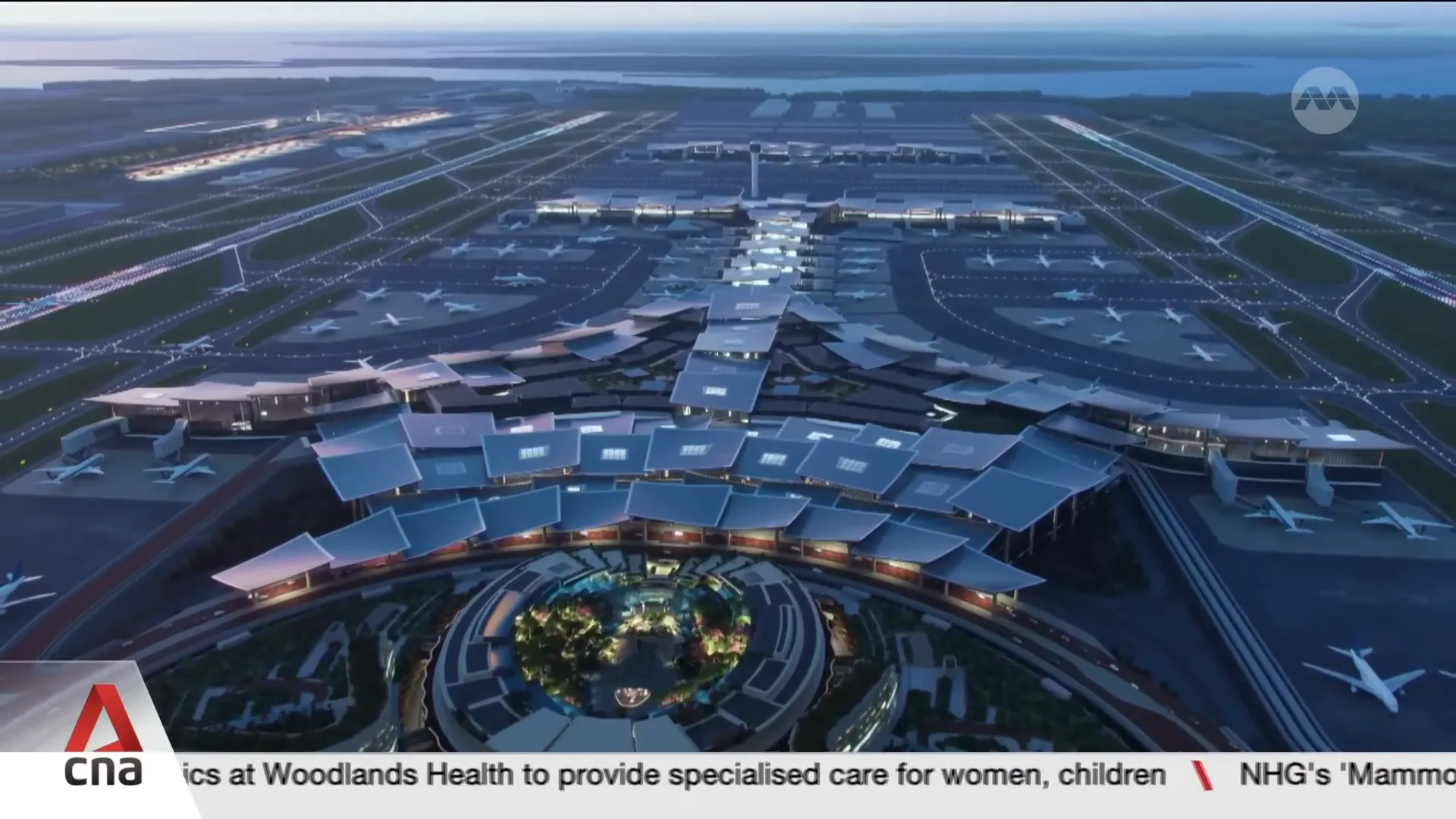
📋 Frequently Asked Questions About Changi Airport Terminal 5
What is the expected passenger capacity of Changi Airport Terminal 5?
Terminal 5 is designed to handle about 50 million passengers annually. This expansion will increase Changi Airport’s total capacity to approximately 140 million passengers per year, marking an over 50% increase from its current capacity.
When is Terminal 5 expected to open?
The terminal is slated to open in the mid-2030s and will be constructed in phases to align with growing travel demand.
How will Terminal 5 improve passenger experience?
T5 focuses on creating a cozy, relaxed atmosphere using natural light and architectural design elements like roof leaves. Additionally, extensive automation and seamless connectivity will enable passengers to move quickly within the terminal, with arrivals reaching taxis or MRT within 30 minutes and transfers achievable within one hour.
Where is Terminal 5 located within Changi Airport?
Terminal 5 is part of the Changi East development, a 1,080-hectare area that includes industrial, cargo, and urban districts. It is situated near the airport’s third runway and connected to Terminals 1 through 4 via automated people movers and MRT lines.
What technologies will Terminal 5 incorporate?
The terminal will feature baggage handling robots, autonomous vehicles for passenger and staff transport, biometric systems for contactless immigration, and flexible sub-terminals to adapt to future health crises.
How does Terminal 5 compare to other airports in Asia and globally?
With a capacity of 140 million passengers annually, Terminal 5 will be one of the largest in Southeast Asia, comparable to Hong Kong International Airport and on par with major global projects such as Dubai World Central Airport and Riyadh Airport in Saudi Arabia.
What challenges does the Terminal 5 project face?
Key challenges include economic uncertainties, supply chain disruptions, potential future pandemics, and climate-related risks. Effective risk management and strong stakeholder collaboration are essential to overcoming these hurdles.
🌟 Conclusion: A Transformative Future for Singapore’s Aviation
The construction of Changi Airport Terminal 5 represents a transformative milestone for Singapore’s aviation industry. By significantly expanding capacity, embracing innovative technologies, and prioritizing passenger comfort and operational flexibility, Terminal 5 is set to secure Changi Airport’s position as a leading global air hub well into the future.
As the Asia-Pacific region’s air travel market continues to grow rapidly, Singapore’s strategic investments in infrastructure, connectivity, and technology will ensure that it remains competitive amid a landscape of mega airports and evolving traveler expectations.
While challenges lie ahead—from economic fluctuations to climate concerns—the collaborative spirit of Singapore’s government, industry stakeholders, and skilled workforce provides a strong foundation for success.
Terminal 5 is not just an airport terminal; it is a bold statement of Singapore’s commitment to innovation, resilience, and global connectivity.
Stay tuned as this exciting project unfolds and reshapes the future of air travel in Singapore and beyond.
Disclaimer: This information is provided for informational purposes only. PropsBit.com.sg does not endorse or guarantee its relevance or accuracy concerning your specific situation. While careful efforts have been taken to ensure the content’s correctness and reliability at the time of publication, it should not replace personalised advice from a qualified professional. We highly recommend against relying solely on this information for financial, investment, property, or legal decisions, and we accept no responsibility for choices made based on this content.



